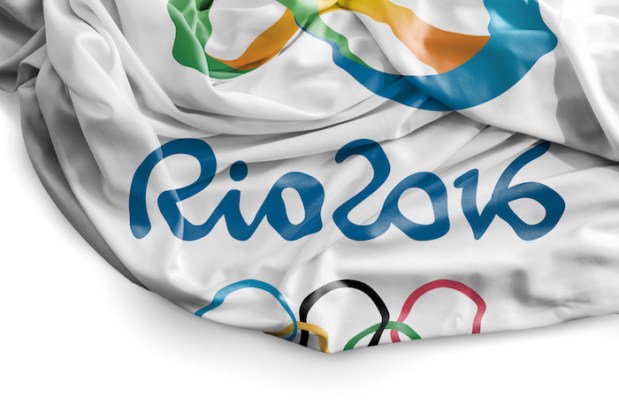In Rio, The Real Games Will Be During The Commercials

To say the least, the lead-up to the 2016 Rio Olympics has been one long and winding (and unevenly paved by subpar contractors) road. You name it, and the Brazilian government has probably had to deal with it. Everything from budget shortfalls for security forces to excessive levels of antibiotic-resistant bacteria in event waterways has thrown wrenches into a complex process that hardly goes off without a hitch in the most favorable of years.
By hook or by crook, though, it seems like Rio will make it to the Opening Ceremony with some semblance of an international sporting event intact. It better, too, because after several quarters of poor sales, brands need all eyes on their content whenever they’re not on the athletes.
Nike is one such retailer that finds itself needing more than a gold medal out of the Rio games. Last month, Nike released its March-May quarterly earnings report, and the results followed the same downward trend that dictated the last several reports, with the notable exception of this most recent one representing Nike’s worst performance in almost six years’ time. In an interview with Reuters, Nike Brand Chief Trevor Edwards chalked up the difficulties to “supply chain challenges last year,” but bigger trends among athleisure and fitness consumers may have played a bigger role than Edwards is willing to admit.
“[Nike] did not keep their basketball offerings updated enough, and at the same time, we went through a fashion shift away from basketball as the preferred fashion shoe in the U.S., so it was a double whammy,” Matt Powell, an analyst at NDP, told Reuters.
However, criticism like that has done nothing to dilute Edwards’ confidence in the Nike brand, if only because he knows that, when the lights come up on Rio 2016, the entire U.S. Olympic Team — as well as a scattering of high-profile international athletes — will be decked out in Nike-branded outfits, equipment and accessories.
”When it comes to great athletes, I’ll take the Nike roster any day,” Edwards told Reuters.
Unfortunately, for Nike, it obviously won’t have an empty stage on which to engage with potential consumers. Coca-Cola, too, is throwing serious resources behind an ad campaign that seeks to scrub its image of a sugar-laden beverage manufacturer in favor of a healthier and inclusive (i.e., Olympic) vibe. The Drum explained that, instead of pushing the traditional Coke logo all over Rio, the conglomerate will instead emphasize the Vitaminwater, Minute Maid, Zico, Powerade and Core Power product lines to try and capitalize on the growing market for ready-to-drink health beverages and avoid the bottom falling out (re: slowing sales growth over the past four quarters) of its iconic soda business.
So, if brands as big as Nike and Coca-Cola have set Rio 2016 in their sights as a saving sales engagement grace, that should point to not only desperation but also a crowded field all jockeying for impressions as soon as the torch is lit.
What a shame for Nike, Coca-Cola and their suffering brand brethren, then, that this Olympics could be one of the wilder ones for sponsorships in quite some time. That stems from what’s called “Rule 40” — a recent change to the International Olympic Committee’s longstanding rules that athletes couldn’t don any gear or endorse any product outside of the IOC’s official sponsor group, entrance into which requires brands like Nike and Coca-Cola to pay billions. For the first time, non-official sponsors will be allowed to suit up athletes and air commercials (albeit without official Olympic imagery or terms) as long as they received permission from the IOC beforehand.
It’s not the worst-case scenario for Nike, Coca-Cola and others that need as much of a captive audience as they can get during Rio 2016, but it is close considering how much they shelled out for what used to be exclusive access to Olympic events.
Just like Rio itself seems to be avoiding a worst-case scenario ahead of the games — but it is close.
